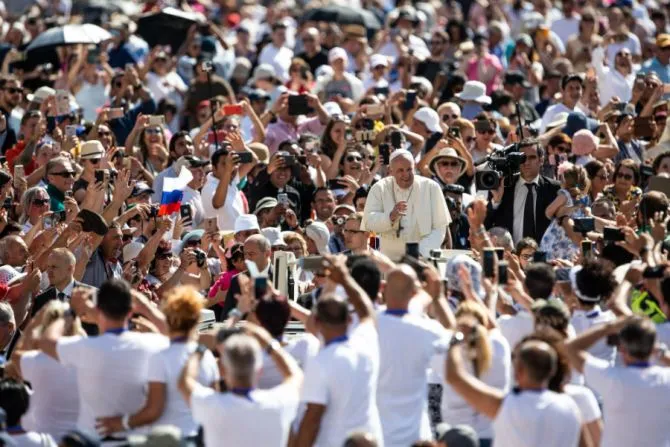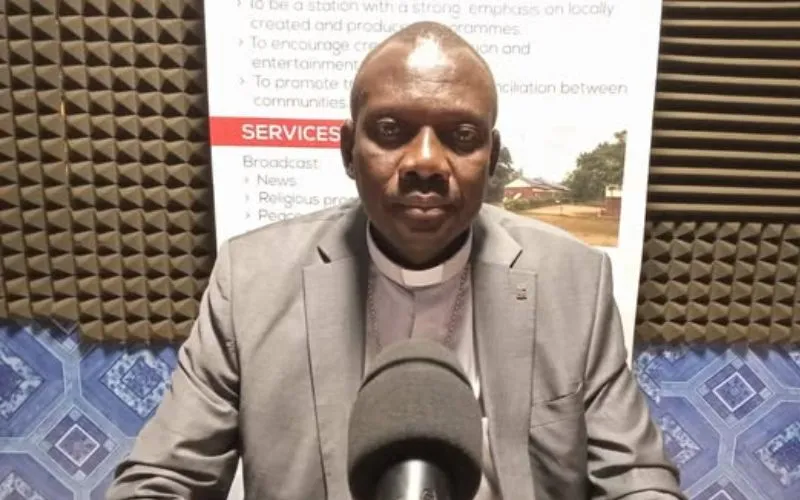According to the Vatican, however, the number of seminarians worldwide has been decreasing since 2013. The 2021 report shows the number of seminarians across the globe decreased by 1.8% since 2020. The sharpest declines were in North America and Europe, where the number of seminarians decreased by 5.8% on both continents.
Despite overall growth in the number of Catholics worldwide, that growth has not been evenly distributed. Overall, Africa has a higher baptism rate than Europe and a far higher rate of Mass attendance in countries with large Catholic populations. Another recent analysis by CARA found that Nigeria, Kenya, and Lebanon have the highest proportion of Catholics who attend Mass weekly or more, with Nigeria as the clear leader. Ninety-four percent of Catholics in Nigeria say they attend Mass at least weekly. In Kenya, the figure was 73%, and in Lebanon it was 69%. In comparison, countries like Germany, France, Switzerland, and the Netherlands are all under 15%.
In addition, Africa bucks the trend of declining vocations by showing an increase in seminarians and religious brothers, according to the 2021 Vatican statistics. Africa also saw the only increase in seminarians and religious brothers across the globe from 2020-2021, at 0.6%. The number of religious brothers in Africa increased by 2.2% during the same time frame.
Pope Francis has made pastoral attention to Africa a priority of late, making a visit to the heavily Catholic Democratic Republic of Congo and South Sudan last month to an enthusiastic welcome.
(Story continues below)
Focusing on the United States — where a mere 5% of the world’s Catholics live — the picture is a bit less optimistic. In contrast to the stable numbers of the world as a whole, the number of diocesan priests in the U.S. dropped 8% from 2013 to 2021. There are 27% fewer sisters, 19% fewer brothers, and 15% fewer religious priests compared with a decade ago, though the number of permanent deacons has increased slightly, by 3%. Gray said the United States disproportionately relies on immigrant priests to address its own shortages.
Additionally, according to the General Social Survey, weekly Mass attendance among Catholics in the U.S. declined from 25% in 2012 to 17% in 2020-2021. The drop in sacramental participation in the U.S. — baptisms, marriages, etc. — mirrors the global trends.
As well, “since 2013, we’ve lost more than 1,000 parishes through reorganizations and closures,” Gray noted.
“Daily prayer declined from 59% to 51% from 2012 to 2020-2021. Unlike Mass attendance, one can pray at home and this should not have been affected by the pandemic. If anything, one might think Catholics would be praying more often during that time.”
Gray again cautioned that there are much larger demographic and social changes going on in the U.S. — and in the world at large — than can be attributed solely to Pope Francis’ leadership.
“No one should be giving Pope Francis a 10-year report card based on the most current data available,” he concluded.
“And when more comparable post-COVID-19 data are available, any ‘grades’ given for changes in the number of sacraments celebrated should be considered within the context of what is happening demographically across the globe.”
Speaking with CNA, he added: “It’s hard to make this comparison [between 2013 and 2023] because we have these lags in the data … We’ll know more in a couple of years when the data catches up with us.”
Jonah McKeown is a staff writer and assistant podcast producer for Catholic News Agency. He holds a Master’s Degree from the University of Missouri School of Journalism and in the past has worked as a writer, as a producer for public radio, and as a videographer.








